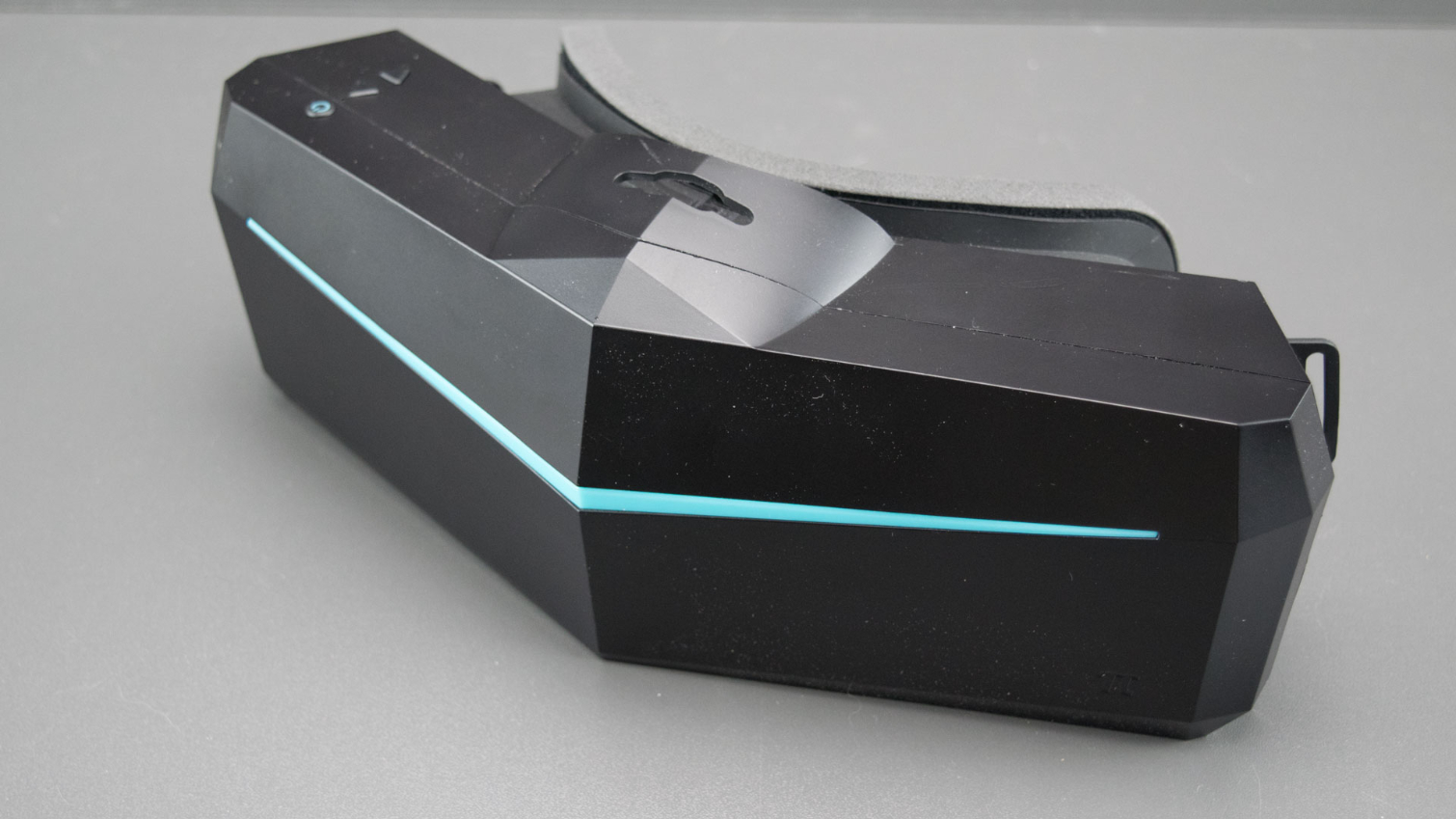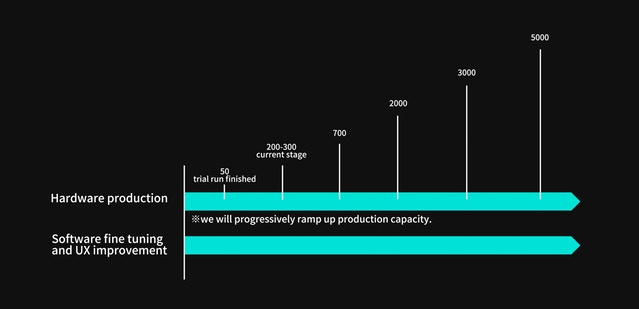Pimax Misses Q2 Shipping Timeline, Swears Production Will Begin Soon
Pimax admitted in an update to Kickstarter backers that it missed another projected shipping deadline. In March, the company announced that it would begin shipping Pimax 8K VR headsets to its backers within the second quarter of 2018. But, as we predicted in April, Pimax’s timeline was too ambitious. The company had too many obstacles and milestones in its way to ship hardware before the end of June.
In March, Pimax said that it would be shipping M1 beta headsets to a select group of 10 testers who would provide feedback about the device and suggestions for improvement before mass production begins. The company expected to deliver the M1 headsets by the end of March, but it didn’t ship the first units until the end of May, which set the project back at least another month.
Steam VR 2.0 Tracking Confirmed
Pimax said the shipping delays were in part due to its commitment to upgrading the headset to support Steam VR Tracking 2.0. When the company launched the 8K Kickstarter campaign, Steam VR Tracking 2.0 technology wasn’t yet available to third-party hardware companies, and Pimax couldn’t guarantee that it could source the new sensors in time for the headset release. The half-year delay turned out to be a blessing in disguise, as SteamVR Tracking 2.0 hardware became available in mass quantities in March. Pimax announced that it would implement the new tracking system, and today it confirmed that all Pimax 8K headsets as well as its Pimax controller would ship with SteamVR 2.0 Tracking sensors.
Pimax said it is now confident that the new tracking solution works as well as the old system, and it's finally satisfied with the hardware design of the Pimax 8K headset. The company said it is “now at the hardware mass production stage,” with components for up to 1,000 units in stock and ready for assembly.
Pimax founder Robin Wang said in his backer update: “The obstacles that prevent us from mass production have been eliminated last week. Thus the whole project now can move on with full speed towards Kickstarter delivery. The team works 11 hours per day, six days per week to speed up the iterations.”
On to the Software
Pimax isn’t out of the weeds yet, and there still could be further delays with the headset shipments. Now that the hardware development is effectively complete, the company must now turn its focus on refining the software that makes it work.
Pimax is now working closely with AMD and Nvidia to ensure that the headset has proper graphics driver support when it arrives in the hands of backers later this year. The company’s software team is also working to refine the Pimax user experience. In the words of Wang, “The user interface requires intensive improvements as well.”
Get Tom's Hardware's best news and in-depth reviews, straight to your inbox.
Adjustable FOV Setting, New Business Edition
One of the big changes that Pimax has cooking is an adjustable field of view setting. The Pimax 8K headset is supposed to offer a 200-degree FOV, but the company is working on a software solution that would enable you to dial it back to 170 degrees. Pimax didn’t explain how this would work, but the company said you would be able to toggle between the two options every time you launch a game. Pimax didn’t explain the benefits of the limited FOV, and it didn’t explain whether the reduced FOV would influence the graphics performance. We suspect that the FOV limiter would be a black overlay on the outer edges, but that remains to be seen.
Pimax also revealed that it would soon offer a business edition of the Pimax 8K, and it sounds like the business edition would be available before the retail version. Pimax said that the headset wouldn’t yet live up to consumer expectations, but it “can already meet the expectations of some business clients with the current model.” Pimax said the business edition 8K headset would be a different color, and it would offer different accessories.
No New Shipping Deadline
Pimax said that it would soon begin mass production of the headset. The first round would include approximately 700 headsets, followed by 2,000 in the second batch, 3,000 in the third batch, and 5,000 in the fourth. Pimax did not provide a projected timeline for these production stages, but given its current track record of predicting its production timeline, we wouldn’t hold much stock in any date that the company would offer.
Kevin Carbotte is a contributing writer for Tom's Hardware who primarily covers VR and AR hardware. He has been writing for us for more than four years.
-
KD_Gaming This has some inaccurate information in it, most recent post by them did say that lowering the fov would lower graphics demand. And made no such statement that it wouldn't live up to expectations, they finalized the lens, tracking is said to be on par with vive pro and they have some further software optimizations they are working on.Reply -
computerguy72 The chart shown does say they are in the 200-300 unit building phase which seems like very good news to me.Reply
I hope they lift the NDA's from the testers that have received deliveries soon so we can get at least some information on how the tests have gone and what changes they are making to improve any deficiencies that were uncovered.

